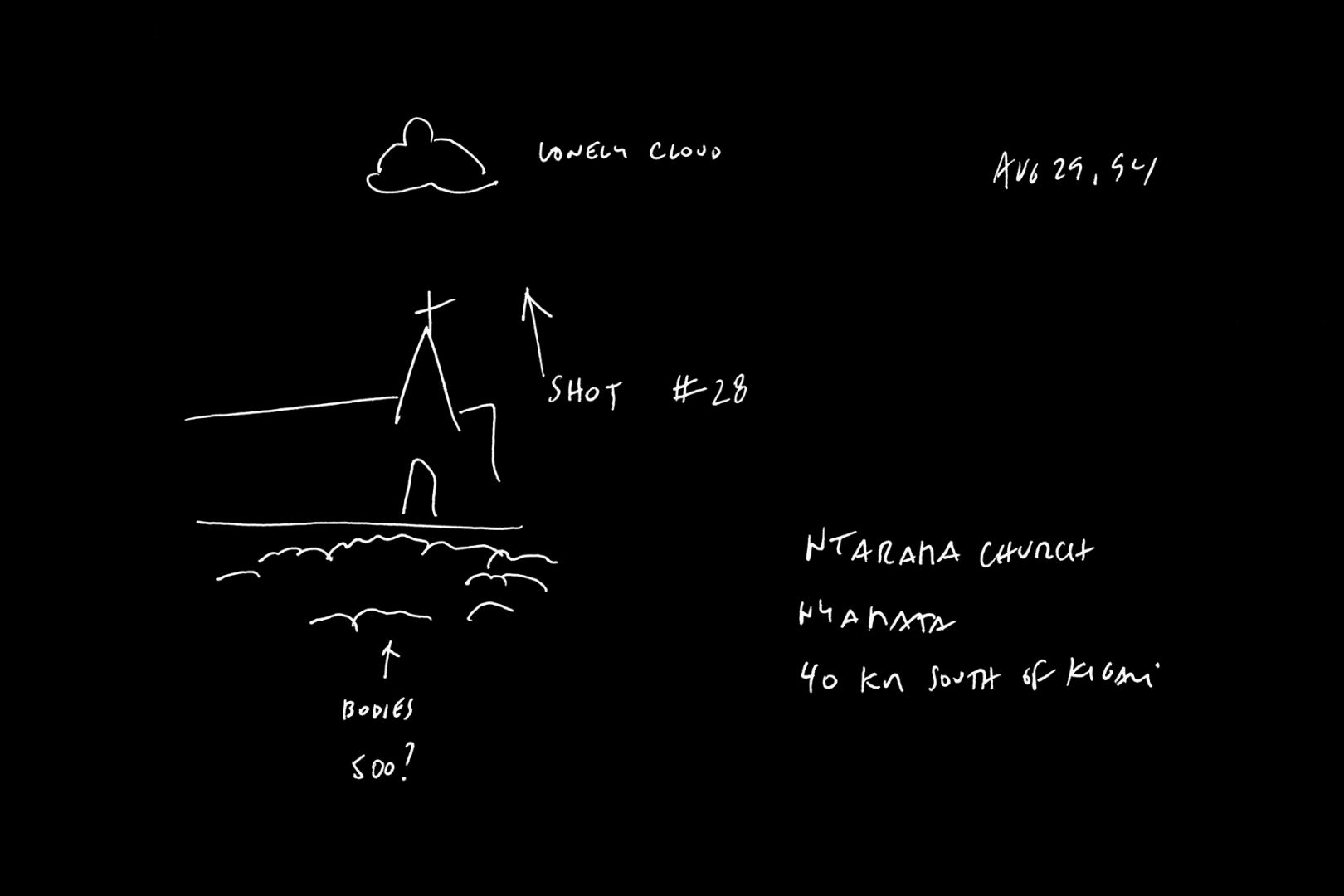Alfredo JAAR
The Rwanda Project – Field, Road, Cloud
Alfredo JAAR
The Rwanda Project – Field, Road, Cloud, 1997
(3 pcs) cibachrome – 101.6 x 152.4 cm each; (3 pcs) black and white prints – 15.2 x 22.8 cm each
Courtesy of the artist and Galerie Thomas Schulte, Berlin
Photo: József ROSTA © Ludwig Museum – Museum of Contemporary Art
Over the past thirty years, Alfredo Jaar has been one of the most engaged and trailblazing artists in the field of processing severe civilisational trauma by means of art. In his Rwanda project (1994–2000/2010), he processed sources of trauma from a completely new approach and motivation, as an actual catalyst, all this in the mid-nineties. Through his multidisciplinary and performative practice, he confronts us with multimedia content and the way we consume images and news, usually fed by the press. “Philosophical essays on representation” is how he describes the twenty-five units of the Rwanda project, all of which he considers to be doomed to failure, although for him they were all learning processes: he sees them all as attempts at representation. Jaar got involved in a civilisational trauma as an outsider: his will to help and his helplessness, mixed with the horror he had experienced, had prolonged the completion of the project for over six years. He was led to Rwanda by the apathetic and indifferent attitude of the international press and the extent of the world’s silence on the genocide. Although he took three thousand photographs on the spot, they did not seem to him to be an appropriate medium for conveying the radical experiences he had witnessed. In the end, he reduced reality to a particular detail in all the works of the project, helping the viewer to identify with it and to evoke an intellectual connection. The three landscape fragments of Field, Road, Cloud, with the three drawings alongside them, sketched in 1994, together point to a specific geographical location and the number of people murdered there (500). The number of Tutsis killed with extreme brutality at the Ntarama church is subsequently estimated to have been ten times higher. In Jaar’s work, the viewer is stunned by the emphasis on the invisible and the unspoken attempt at a possible way to deal with the geographical location that remains an eternal witness to the genocide.
KÁLMÁN Borbála
